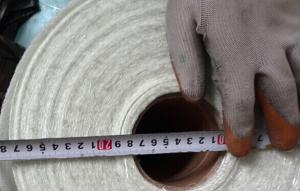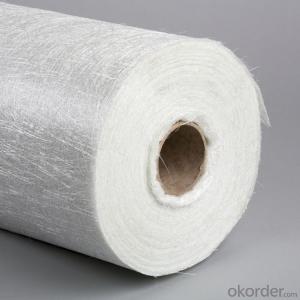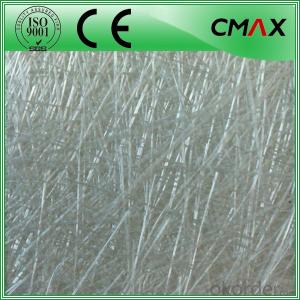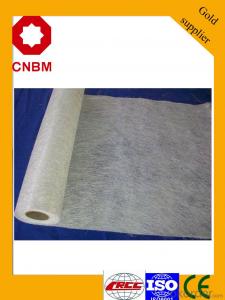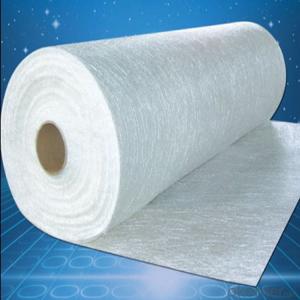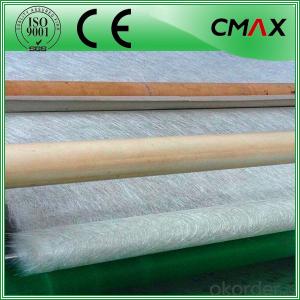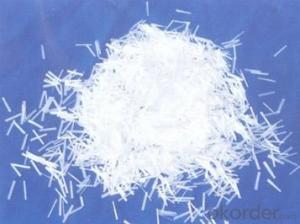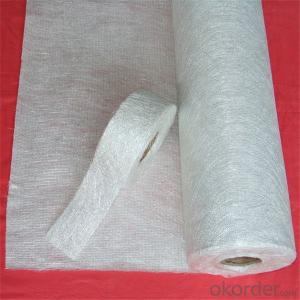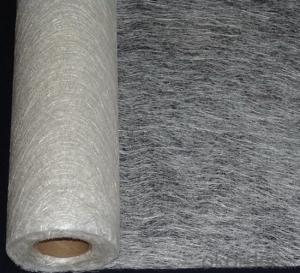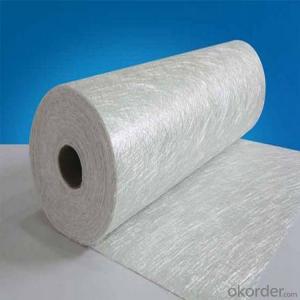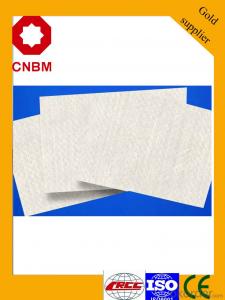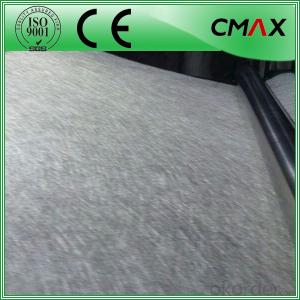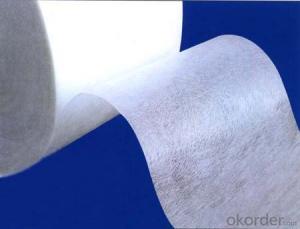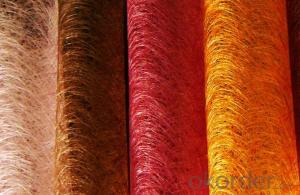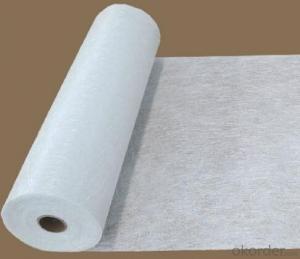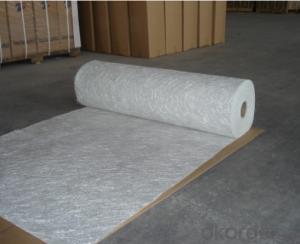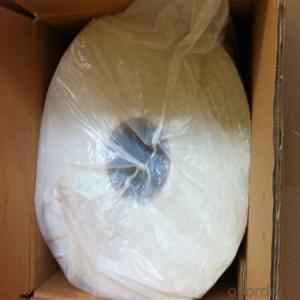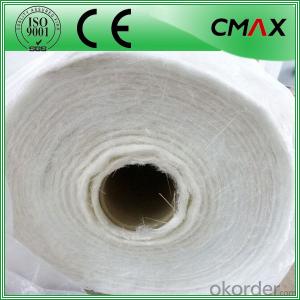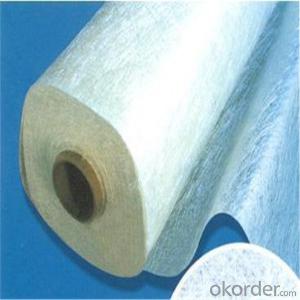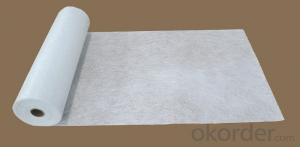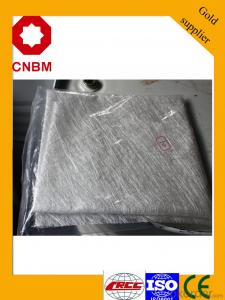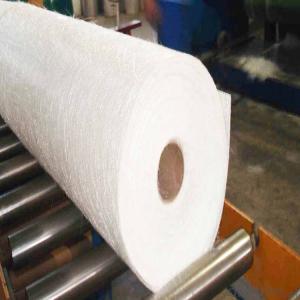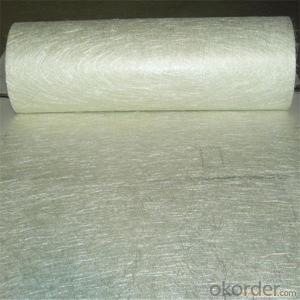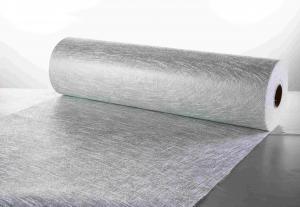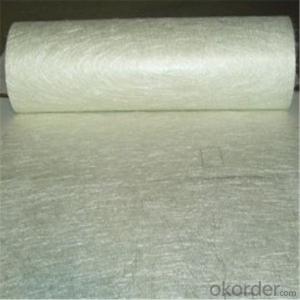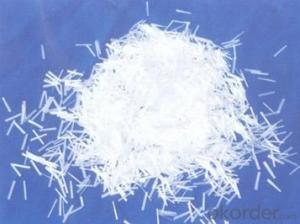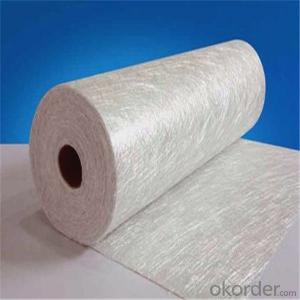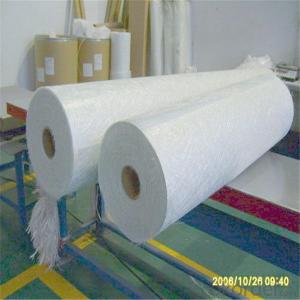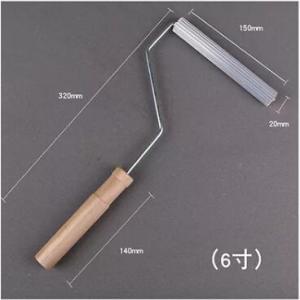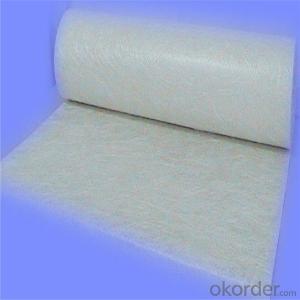Chopped Strand Fiberglass Mat
Chopped Strand Fiberglass Mat Related Searches
Fiberglass Chopped Strand Mat Zccy Fiberglass Chopped Strand Mat Chopped Strand Fibreglass Concrete Fiberglass Chopped Strand 300G/M2 E-Glass Chopped Strand Mat B Grade Chopped Strand Mat Fiber Glass Mat Chopped Fiberglass Rolls Of Fiberglass Mat Glass Fiber Mat Chopped Glass Fiber Chopped Strand Fiberglass Woven Roving Combo Mat Surfboard Fiberglass Repair Fiberglass Patio Roof Fiberglass Strands In Skin Fiberglass Yarn Fiberglass Roving Car Fiberglass Plastic Mat For Floor Fiberglass Pipe Shaver Fiberglass Drywall Woven Fibreglass Fiberglass Cloth Roll Fiberglass Woven Sto Fiberglass Mesh Fold Out Beach Chairs Roll Of Fiberglass Cloth Fiberglass Sheets For Roofing Fiberglass Woven FabricChopped Strand Fiberglass Mat Supplier & Manufacturer from China
Chopped Strand Fiberglass Mat is a type of reinforcing material made from randomly arranged glass fibers that have been cut into short strands. This product is known for its excellent mechanical properties and chemical resistance, making it suitable for a wide range of applications. The chopped strand fiberglass mat is commonly used in various industries, such as construction, automotive, and marine, where it serves to enhance the strength and durability of composite materials. It is particularly useful in applications that require high tensile strength and resistance to environmental factors like moisture and chemicals.In addition to its versatility in different industries, chopped strand fiberglass mat is also valued for its ease of use. It can be easily cut and shaped to fit various forms and surfaces, making it a popular choice for both large-scale projects and smaller, specialized applications. Okorder.com is a leading wholesale supplier of chopped strand fiberglass mat, offering a vast inventory to cater to the needs of various customers. With a commitment to quality and customer satisfaction, Okorder.com ensures that the chopped strand fiberglass mat they provide meets the highest industry standards.
Hot Products



